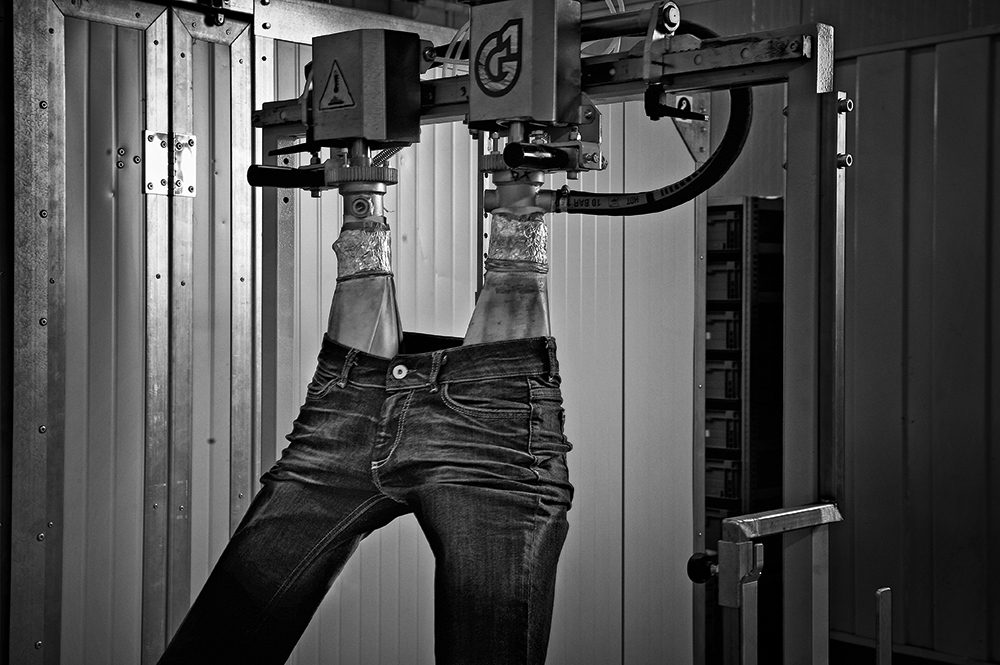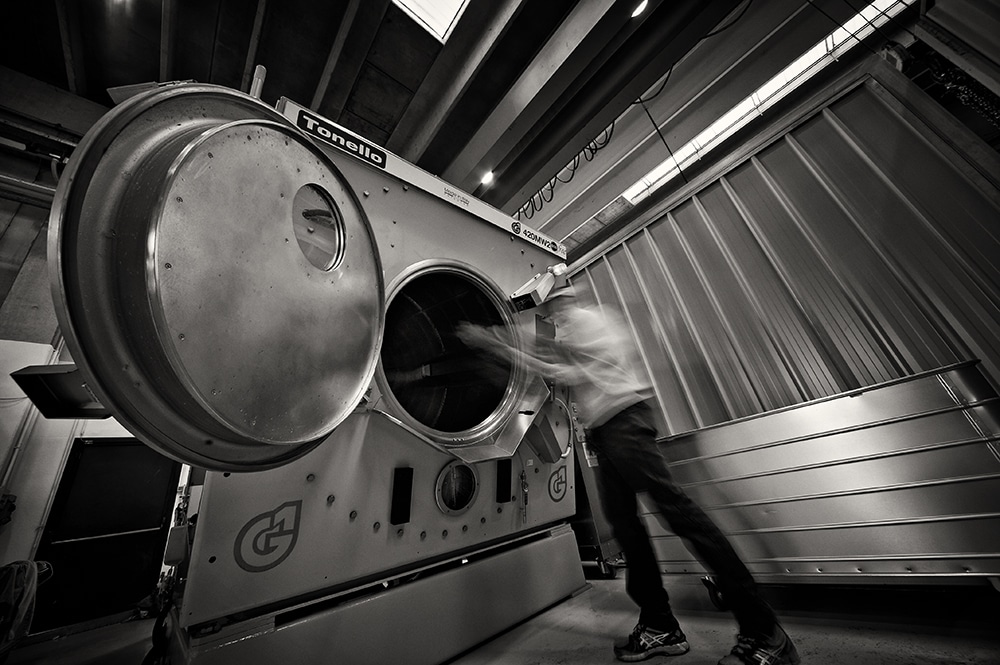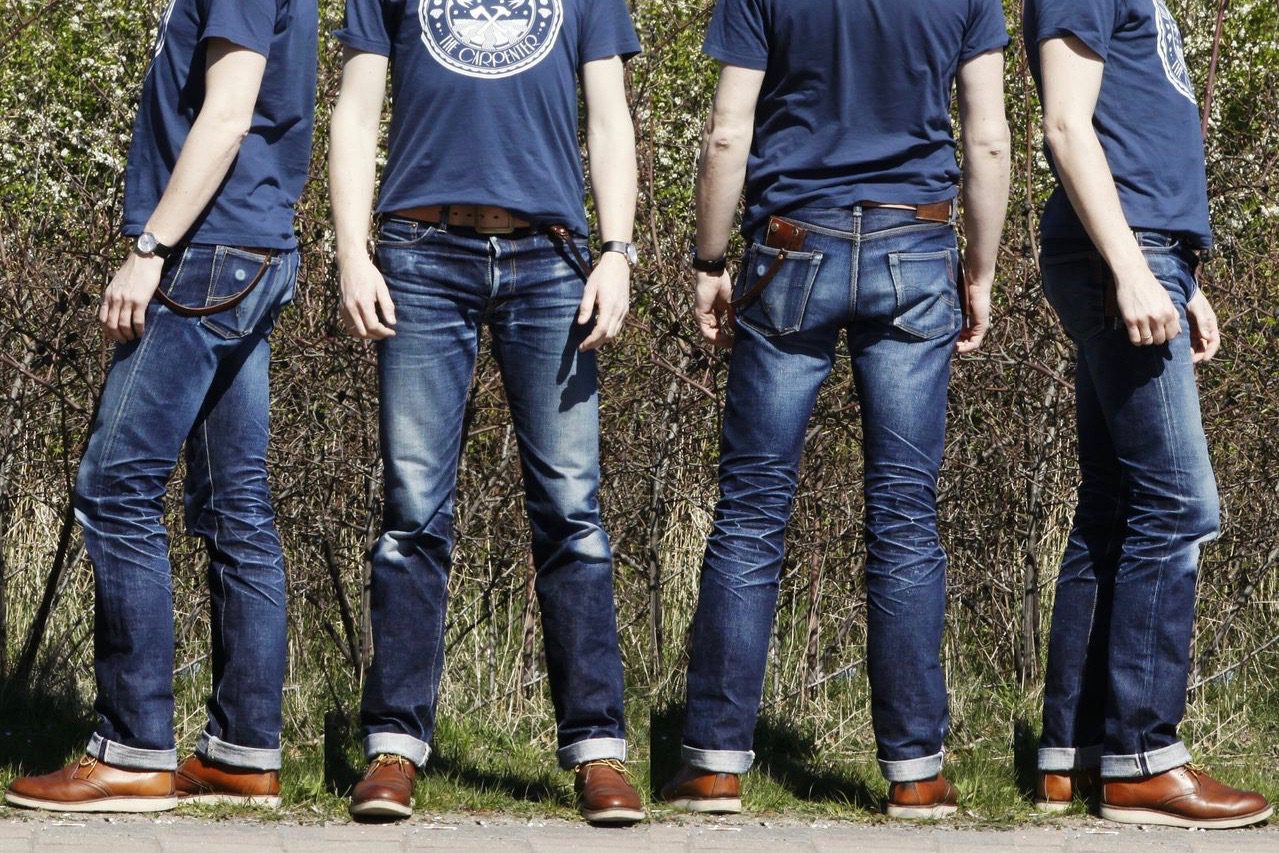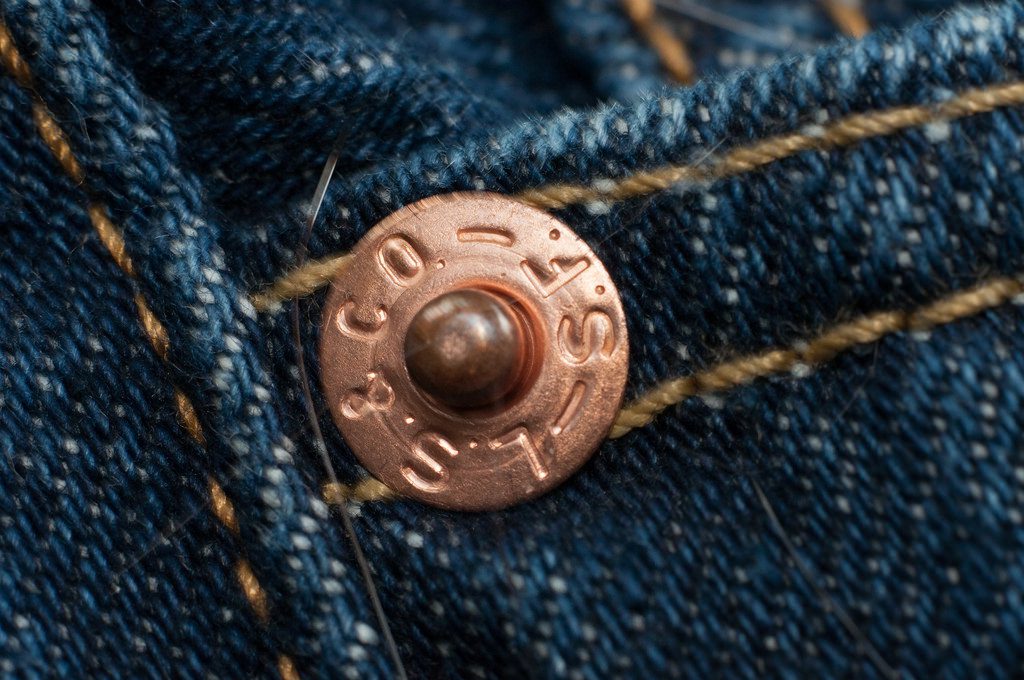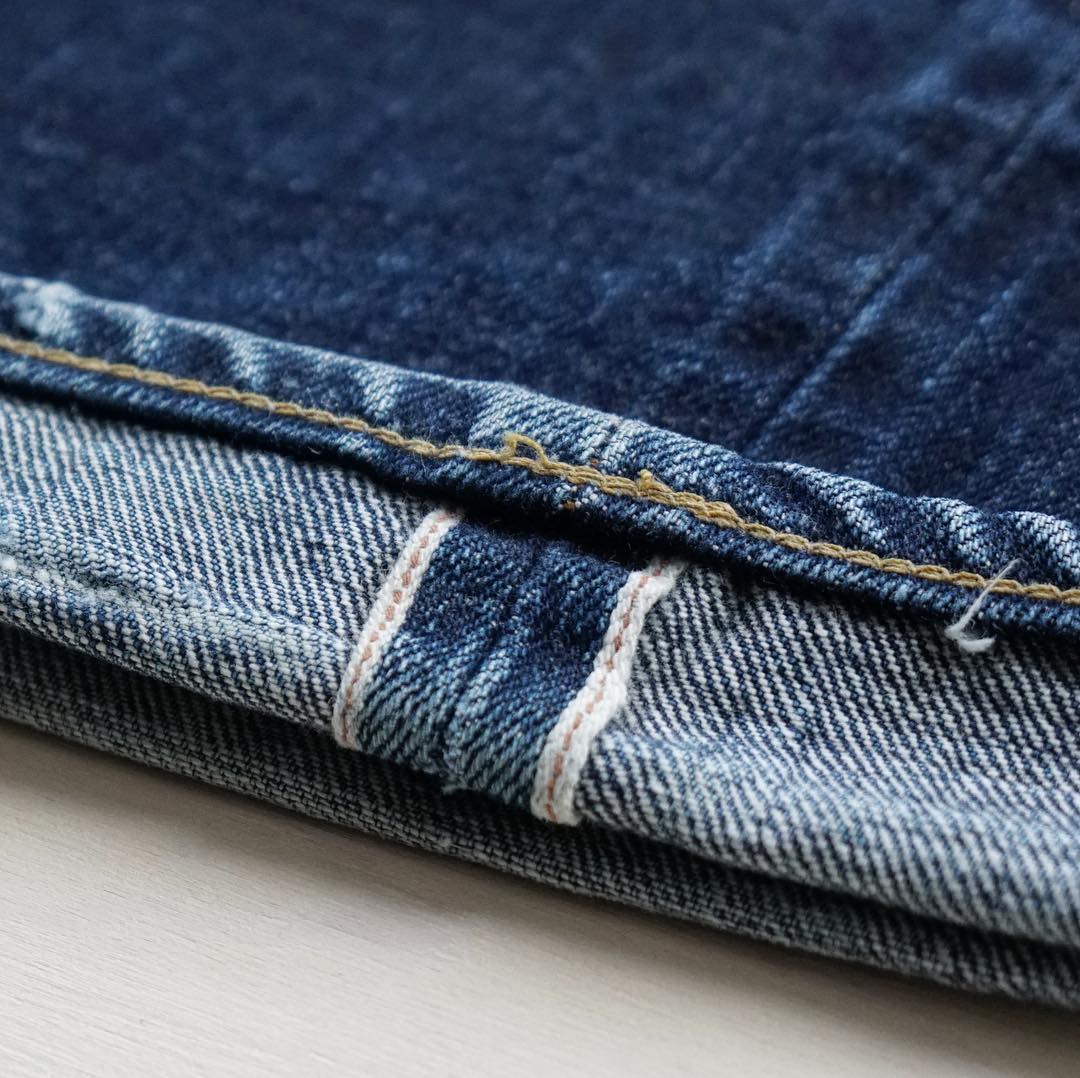The Denimhunters’ Quick Guide to How Jeans Are Made
Why does this pair of jeans cost more than that pair?”
If you sell jeans for a living, chances are this is one of the most common questions you get. I know if was when I was working in retail myself.
In my experience, the best answer is to talk about how the jeans are made. Tell the customer about the attention and thought that goes into making sure that the jeans will look great and last for a long as possible.
In this guide, I’ll outline the process of making jeans. You’ll get key points about the three production stages; design, cutting and sewing, and pre-washing, as well as links to in-depth resources about each of them.
By using this knowledge in your sales pitch, you can point out the physical features that make one pair different from another. And that can help you justify a higher price point.
Production Stage 1: Design and Development
Design is the first stage of making jeans.
Designing jeans and other denim garments is very much about functionality. And the fabric plays a central role in the process. That’s because denim is made to evolve, as you learned in the series about how denim is made.
Different designers have different approaches. But they usually go through the following three phases: 1) research, 2) making a technical sketch, and 3) making a treatment design.
In the research phase, the designer gets familiar with the target audience. Some define a ‘buyer persona,’ and do research about how old he is, what kind of fit he likes, what he wears his jeans with, his budget, if he wants heavyweight raw denim or washed-down lightweight denim with lots of stretch in it, and so on.
All of this information becomes the starting point for the sourcing. And selecting the denim is the first step.
You can learn more about the three phases of the design and development of jeans in this in-depth blog post.
Production Stage 2: Cutting and Sewing
When we’re talking about the quality and features of jeans, we often focus on elements such as the denim, the wash or the brand.
But the cutting and sewing stage—which is sometimes called the ‘construction’ or ‘CMT’ for cut, make and trim—is just as important. That’s because the quality of the cutting and sewing still mainly relies on the skills of the sewers.
A classic five-pocket jean consists of roughly 1.5 metres of denim if it’s the regular kind, or around 2.5 metres if it’s selvedge denim. For a classic five-pocket style, the denim is cut into roughly 20 pieces.
On top of that, you need several hundred metres of thread in various thicknesses and colours; four to ten rivets; a handful of buttons or one button and a zipper; lining for the front pockets; and some labels and patches.
Once you have everything you need, the sewing can begin. It’s usually divided into four phases.
This blog post about cutting and sewing explains the four sewing phases, as well as three aspects of the sewing that you can use to spice up your sales pitch.
Production Stage 3: Pre-Washing
Jeans are not like most other garments. The more worn they are, the more we like ‘em.
Over time, they mould to your body and the denim gets softer. And because of the way it’s made, the colour changes as you wash and wear your jeans. This is what’s known as fading.
While some fade their jeans themselves, most consumers prefer to take a shortcut with jeans that are soft and already have that faded lived-in look right off the store shelf. Pre-washing makes that possible.
Pre-washing is how you get new jeans that look old. This third stage of making jeans is actually optional. It involves processes that are referred to as ‘pre-distressing,’ ‘laundering’ or ‘garment finishing.’
The aim is usually to replicate the look that raw denim jeans get with everyday wear and wash. Or simply to make the jeans softer and make the colour a little brighter.
The very first pre-washing method used for jeans was stonewashing. It was invented by pioneering European and Japanese denim designers in the mid-1960s. They started washing the jeans they were selling because customers didn’t like the raw and unwashed look and feel.
Since then, the denim laundering industry has developed dramatically. Today, there’s a good chance that the pre-washed jeans you’re selling were made using technologies such as laser(!).
In this in-depth blog post about pre-washing, you can learn much more about the history of stonewashing as well as the most common pre-washing methods and what they do. It’s a goldmine for nuggets of knowledge you can use in your sales pitch.
On the Hunt For Raw Selvedge Jeans?
Launched in 2011 by Thomas Stege Bojer as one of the first denim blogs, Denimhunters has become a trusted source of denim knowledge and buying guidance for readers around the world.
Our buying guides help you build a timeless and adaptable wardrobe of carefully crafted items that are made to last. Start your hunt here!
Share
